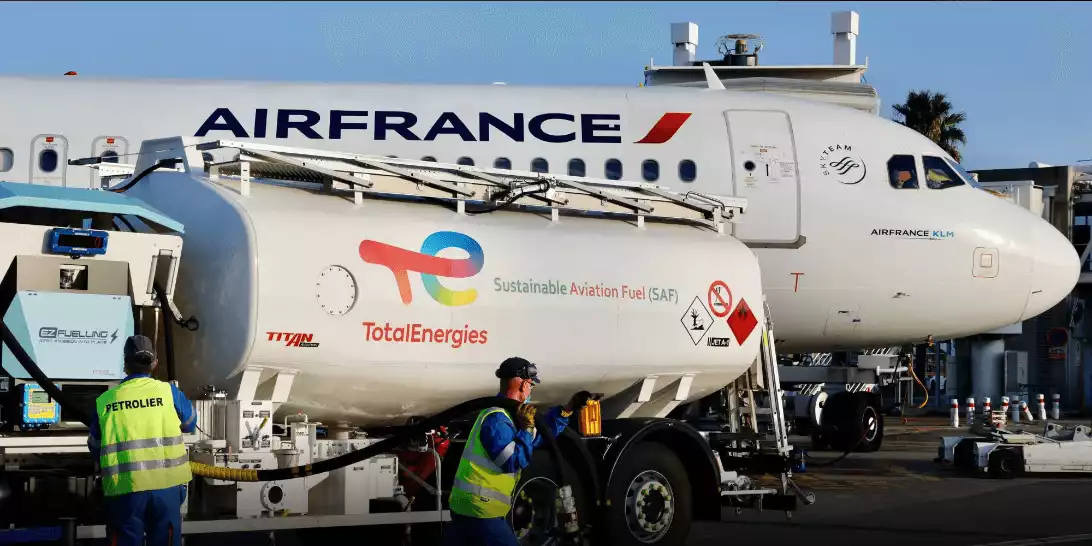USDA Commits $300 Million To Measuring Farm Emissions

|
Listen to this story:
|
Agriculture Secretary Tom Vilsack announced the U.S. Department of Agriculture (USDA) will invest $300 million through President Biden’s Investing in America agenda to improve measurement, monitoring, reporting and verification of greenhouse gas emissions and carbon sequestration in climate-smart agriculture and forestry. The new investments, made possible by the Inflation Reduction Act, will advance priorities set by the broader Federal Strategy to Advance Greenhouse Gas Measurement and Monitoring for the Agriculture and Forest Sectors, which was also released today as draft for public input and outlines a strategic framework and priority actions for improving accuracy and reducing uncertainty in greenhouse gas estimates.
The Inflation Reduction Act provided nearly $20 billion in overall investments to advance climate-smart agriculture and forestry practices. Today’s announcement and the broader federal strategy will support the effective implementation of these climate and conservation investments and help further President Biden’s bold goal of achieving a 50-52 percent reduction in greenhouse gas emissions by 2030, compared to 2005 levels.
“Since day one, the Biden-Harris Administration has taken bold steps in climate-smart agriculture by making programs as strong and effective as possible,” Vilsack said. “To do this, we have to improve the scientific backbone of our programs. This new investment by USDA in improving data and measurement of greenhouse gas emissions – made possible through President Biden’s Investing in America agenda – is unmatched in its scope and potential to increase accuracy, reduce uncertainty and enhance overall confidence in these estimates. We’re data driven, and we seek continuous improvement in our climate-smart agriculture and forestry efforts.”
See related article: USDA To Invest $500 Million for Homegrown Biofuels as Part of Investing in America Agenda
“One of the big remaining technological challenges for tackling the climate crisis is ensuring that natural solutions in agriculture and forestry are working well,” said John Podesta, Senior Advisor to the President for Clean Energy Innovation and Implementation. “Today’s USDA announcement of $300 million from the Inflation Reduction Act to measure and verify emissions from those sectors is a big step in the right direction.”
“Farmers and ranchers are on the frontlines of the climate crisis and are more committed than ever to delivering solutions that protect and enhance our lands and waters,” said NCA Ali Zaidi. “President Biden has understood from day one of his Administration how our changing climate is impacting our rural communities. This new funding and strategy will turbocharge development of the data, science, and technology innovation to address the crisis at hand and unlock the full economic opportunity for our country by improving national greenhouse gas estimates in the agriculture and forestry sectors and making these climate solutions more investment-ready for the private sector.”
President Biden’s Inflation Reduction Act– the single largest investment in climate and clean energy solutions in American history – tasked the U.S. Department of Agriculture (USDA) with quantifying and tracking carbon sequestration and greenhouse gas emissions and gathering field-based data to evaluate the effectiveness of climate-smart mitigation practices in reducing these emissions.
To carry out these tasks, USDA has identified seven key focus areas that reflect the framework outlined by the federal strategy and are based on substantial input from stakeholders:
- Establish and advance a Soil Carbon Monitoring and Research Network with a perennial biomass component;
- Establish and advance a Greenhouse Gas Research Network;
- Expand data management, infrastructure and capacity;
- Improve models and tools for assessing greenhouse gas outcomes at operational, state, regional, and national scales;
- Improve NRCS conservation practice standards and implementation data to reflect greenhouse gas mitigation opportunities;
- Improve temporal and spatial coverage of national conservation activity data; and
- Strengthen the Greenhouse Gas Inventory and Assessment Program of USDA.
See fact sheet for additional details.








